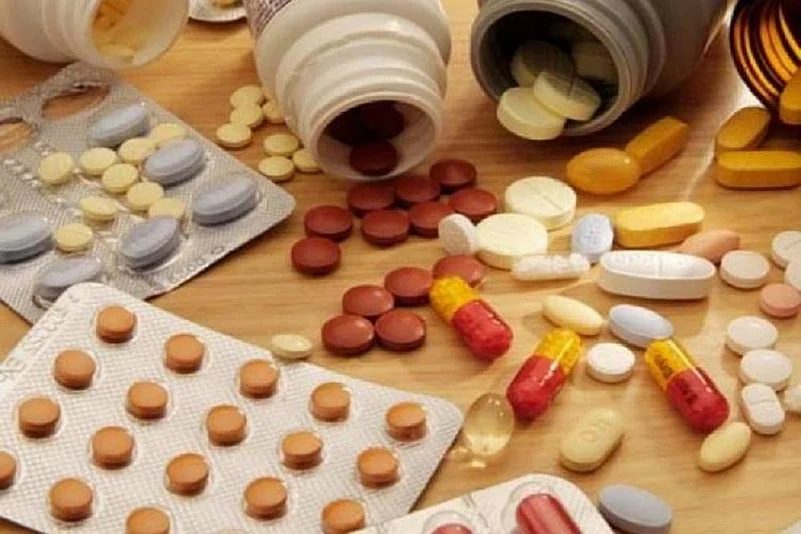Centre has recently reduced prices for 41 most common medicines and six common formulations related to several medical conditions ranging from cardiovascular diseases to diabetes. Prices have been cut for drugs for diabetes, body pain, cardiovascular conditions, liver issues, antacids, infections, allergies, etc. Multivitamins and antibiotics also saw price cuts, after the Department of Pharmaceutical and National Pharmaceutical Pricing Authority (NPPA) published new ceiling prices.
Extent of Price Cuts
For example, the price of dapagliflozin metformin hydrochloride, used to treat blood glucose levels, has been cut to Rs 16 per tablet from Rs 30. The budesonide and formoterol combination, used to treat asthma symptoms was cut to 6.62 per dose.
The price of Hydrochlorothiazide tablets, used to lower blood pressure, has been reduced to Rs 10.45 per tablet from the previous price of Rs 11.07. The government has announced new maximum prices for 923 scheduled drug formulations and 65 common formulations, effective from April 1, 2024. Painkiller Diclofenac's new ceiling price is Rs 2.05 per tablet, and Ibuprofen tablets are priced at Rs 0.71 for 200 mg. Antibiotic Azithromycin's ceiling price is fixed at Rs 11.65 and Rs 23.57 for 250 mg and 500 mg tablets, respectively, and antibacterial dry syrups amoxicillin and clavulanic acid are now priced at Rs 2.05 per millilitre (ml).
How To Buy Medicines Economically?
Once your doctor prescribes the medicines, check the formulation of medicines by reading the ingredients. Check for the generic medicines available in the same formulation. For instance, as per new ceiling prices, the price of dapagliflozin metformin hydrochloride, used to treat glucose levels in the blood, has been cut to Rs 16 per tablet from Rs 30. The same formulation, if you buy from different brands can range from Rs 35 to Rs 69 per tablet.
Combinations such as budesonide and formoterol, used to help control asthma symptoms and improve lung function, have been made more affordable with the price being slashed to Rs 6.62 for one dose. From Rs 19 to exorbitantly priced around Rs 100 there are many branded variants of this generic medicine and many doctors can recommend such expensive variants.
You can ingredients and generic medicine variants and then check for the price of generic medicines at the public dashboard of the National Pharmaceutical Pricing Authority here.
If the price of the recommended branded medicines vary so much, you can be sure that you ar about to strike a bad deal.
You can easily save 50 to 70 per cent on medicines in some cases by choosing generic substitutes or alternate brands. Another option is to look for therapeutic alternatives that use other cheaper formulations containing other salts but are from the same pharmacological class. But to do this you need the service of a medical practitioner.
A good option is to buy generic medicines from any of the 10,607 Janaushadhi Kendras in India established under the Pradhan Mantri Bhartiya Janaushadhi Pariyojana (PMBJP). They offer 1965 drugs and 293 surgical items. Centre is running a mobile application, ‘Janaushadhi Sugam,’ to provide information about the kendras and compare prices of generic and branded medicines. One need not be afraid of the quality of generic medicines here because only high-quality generic medicines are sold through PMBJKs, sourced from World Health Organisation WHO-GMP certified suppliers, and each batch is tested in laboratories, as per a government release.
Another option is to find an online pharmacy that can mail you your regular medicines for a long time so that you can save on travel costs. Buying in bulk will also give you a discount. Online pharmacy portals are in a better position to offer good discount deals compared to your local medical store, as they have a larger scale of businesses and do not have overheads such as rentals.









